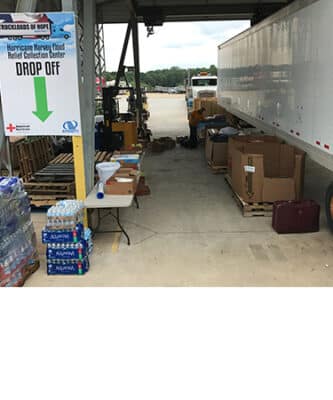The Pressures of Capacity Crunch
The economy’s slow growth puts pressure on carrier fleets. When capacity was stretched in 2014, fleets nationwide attempted to optimize operations through dimensional pricing models, freight consolidation, and freight reclassification, according to Logistics Management.
The Trump administration could also shorten the duration of truck capacity shortfall in the future. The plan for a broad-based regulatory rollback could scrape upcoming regulations or restrain rulemaking in the trucking industry, thereby easing capacity constraints, said Larry Gross, FTR partner and senior analysis. This includes the speed limit mandate discussed in our High-Tech Safety Measures review, which Gross and others said could limit truck capacity availability. The ELD mandate could worsen capacity crush by allowing carriers to control which shippers have access to their fleets, declining LTL shipments from their current state.
Shipping Rates Will See an Improvement
Expectations for LTL rates are currently divided, according to a survey conducted by the Journal of Commerce (JOC), NASSTRAC, and Truckstop.com of nearly 14,000 shippers and brokers. 43 percent of those surveyed expect a slight increase in rates, while 43 percent anticipate flat LTL pricing. Additionally, only 14 percent expect LTL rates to drop. Despite a decline in LTL volume, tonnage, and revenue in 2016, LTL price wars appear to be holding.
However, Logistics Management anticipates an increase of LTL pricing by approximately 2 percent in 2017, reversing the previous 1.5 percent decline. The possibility of an economic upheaval depends on the Trump administration. At the end of 2015, FedEx and UPS increased their LTL rates by 4.9 percent to encourage growth; a tactic both companies repeated this year. In the past, other LTL carriers have mimicked this strategy with similar rate hikes, improving the overall shipping rate for the industry.
Inventory Will Add Difficulties
Warehousing difficulties are another factor to consider for the new year. Unrest in China and Germany resulted in a decrease of consumer purchasing. As a consequence, surplus inventories are taking up space, lowering overall profit margins. Many entities in the supply chain are relying on third-party logistics providers (3PLs) to improve the flow of goods. Technology enhancements have played a large part in the 97 percent of companies who reported successful relationships with 3PLs, such as data-driven analytics, improved customer-service capabilities, and assessment of rate classifications. Some companies, such as Amazon and Bennett International Group, have expanded with additional warehouses.
New and ongoing regulations will continue to impact and have the potential to worsen these factors as carriers struggle to balance these challenges with the costs of meeting the regulations.











































